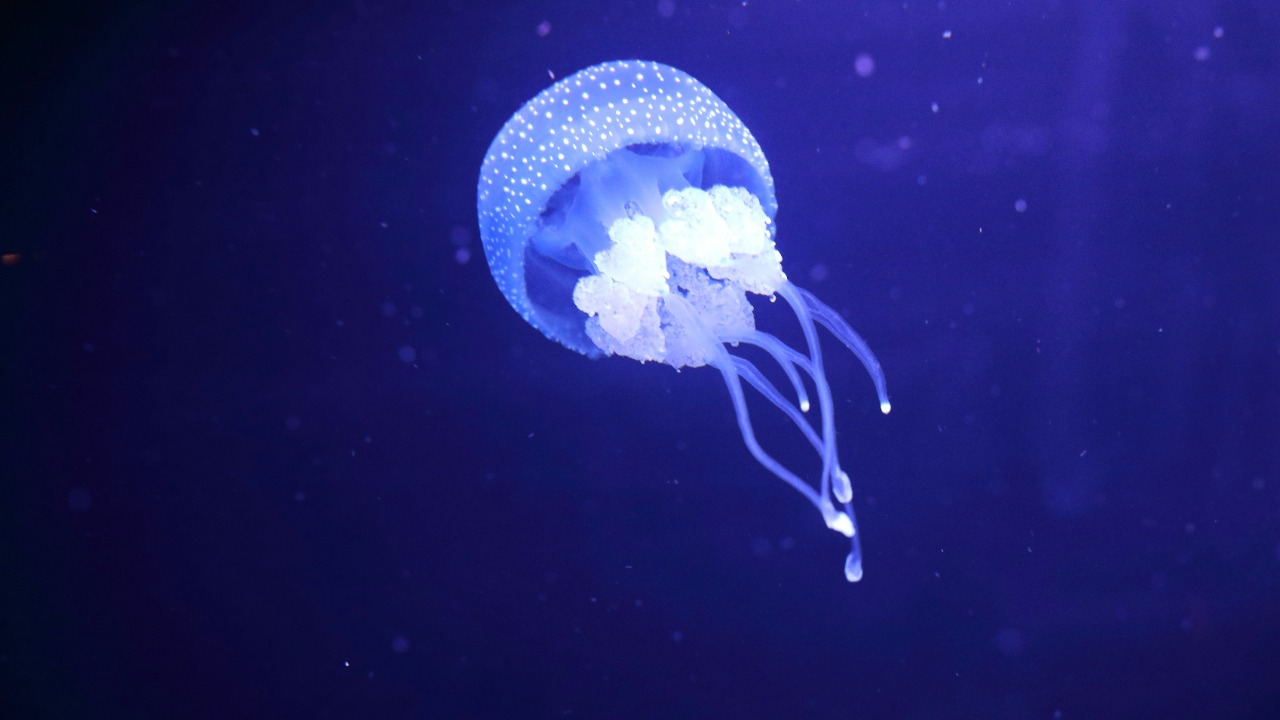
Recent explorations into the world of brainless animals have unveiled surprising capabilities that challenge our traditional views of cognition. Creatures like slime molds, jellyfish, and even plants are exhibiting behaviors such as problem-solving and adaptation, suggesting that intelligence may not necessarily require a centralized brain.
Defining Intelligence Beyond Brains
When we think of intelligence, we often associate it with learning, memory, and adaptation. However, these behaviors are not exclusive to organisms with brains. Brainless organisms, such as slime molds and jellyfish, exhibit these behaviors through decentralized nervous systems, challenging our brain-centric models of intelligence. This is not to say that these creatures think in the same way we do, but rather that they respond to environmental cues and chemical signaling in a way that allows for complex responses. This has sparked broader debates on cognition in non-neural entities, leading us to question our definitions of “thinking”.
The philosophical implications of these findings are profound. If thinking can be redefined to include emergent properties from simple cellular interactions, then we may need to reconsider our understanding of consciousness and intelligence. This is a radical departure from our traditional views, but one that is supported by the surprising capabilities of brainless animals.
Slime Molds: Puzzle-Solving Without Neurons
Take, for example, the slime mold Physarum polycephalum. This brainless organism has been observed to navigate mazes to find food sources efficiently, a behavior that was reported in a 2018 National Geographic article. The slime mold forms vein-like structures that mimic neural networks, optimizing nutrient transport. This behavior has been preserved in lab settings, demonstrating that even without a brain, the slime mold is capable of problem-solving.
Moreover, experiments have shown that slime molds retain memory of previously explored paths, avoiding them in future searches for food. This suggests a form of learning that does not rely on a brain, further challenging our understanding of cognition.
Jellyfish: Sensory Adaptation in Action
Jellyfish are another example of brainless creatures exhibiting intelligent behavior. They use distributed nerve nets for hunting and evasion, adjusting their pulsing rhythms in response to threats. This rhythmic intelligence, as featured in the 2018 National Geographic article, demonstrates that a central processor is not necessary for complex responses.
Recent 2025 reporting has described jellyfish as “remarkably clever yet brainless,” emphasizing their role in marine ecosystems through adaptive behaviors. These findings suggest that jellyfish, like slime molds, are capable of complex responses without a centralized brain.
Plants: Rooted Decision-Making
Even plants, which lack a nervous system entirely, exhibit behaviors that suggest a form of intelligence. They communicate via chemical signals and mycorrhizal networks, akin to neural pathways, as discussed in the 2018 National Geographic piece. Plants respond to stimuli in complex ways, such as Venus flytraps counting touches before snapping shut, demonstrating threshold-based “thinking”.
Furthermore, plants have been observed to alter their growth to avoid competing with their siblings, a behavior known as kin recognition. This insight, tied to the 2025 reporting on brainless cleverness, suggests that even without a brain, plants are capable of complex decision-making.
Challenges in Studying Brainless Cognition
Studying cognition in brainless organisms presents several challenges. Distinguishing instinct from learning in organisms without observable brains is a significant hurdle, as noted in the 2025 Livescience query. Additionally, ethical considerations must be taken into account when experimenting with creatures like slime molds and jellyfish, ensuring that techniques are non-invasive and capture natural behaviors.
Interdisciplinary approaches, combining biology and AI, are being used to model brainless intelligence. This focus on discovering wildlife facts, as highlighted in the 2025 Discover Wildlife article, is helping to advance our understanding of cognition in brainless organisms.
Implications for Broader Intelligence Theories
The feats of brainless animals have implications for broader theories of intelligence. They suggest that decentralized systems could be precursors to neural complexity, a concept supported by the 2018 reporting. This could have applications in fields like robotics, where slime mold-inspired algorithms could solve real-world optimization problems without traditional programming.
Ultimately, these findings tie back to the core question of thinking. The 2025 articles argue that cognition emerges from interaction rather than anatomy alone. This suggests that we may need to redefine our understanding of intelligence, acknowledging the remarkable capabilities of brainless creatures.
More from MorningOverview